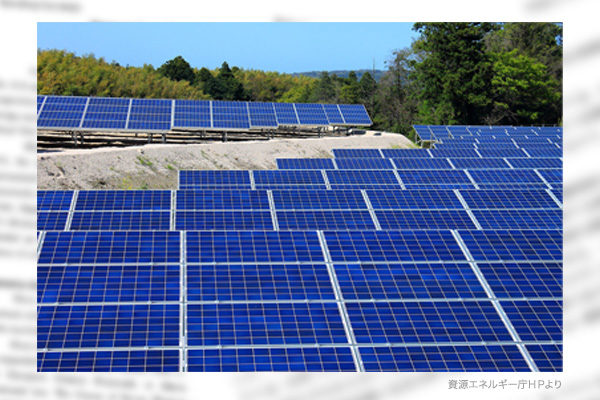Since the Fukushima Daiichi Nuclear Power Station accident caused by devastating tsunami tidal waves on March 11, 2011, countries around the world have promoted a nuclear phase-out policy and renewable energy as a main power source. Japan has built many mega solar power plants filled with solar photovoltaic panels under the renewable energy feed-in tariff system, becoming the world’s third largest solar power generation country. In terms of installed solar panels per square kilometer, Japan ranks first because of its small land area. In recent years, however, the world has turned nuclear power plants into a mainstay power source and has come to see the environmental destruction caused by widespread solar panels as a problem.
Remarkable summer temperature hikes in Japan
According to the Japan Meteorological Agency’s analysis of record high summer temperatures this year on September 5, a subtropical jet stream meandered northward near Japan, with an overhang of the Pacific anticyclone being strong, causing remarkably high temperatures between mid-June and early August. Record high temperatures were posted at various locations in Japan, including 41.8°C in Isesaki, Gunma Prefecture, on August 5. The total number of locations with temperatures at 40°C or higher in the summer of 2025 increased to 30, the highest on record. The total number of locations with extremely hot days (with maximum temperatures at 35°C or higher) also reached a record high of 9,385.
The recent global average annual temperature increase per decade is 0.21°C, about 2.6 times higher than the long-term trend of 0.08°C. The average summer temperature in Japan accelerated an increase per decade about 3.8-fold from 0.13°C for 30 years between 1995 and 2024 to 0.50°C for recent years. Japan’s average summer temperature increase is the highest in the world.
Cutting down greenery turning land into a desert
The meandering of jet streams, which is a factor behind the high temperature increase in Japan, must have been affected by updrafts from the ground. I did a simple manual calculation. Since sunlight has a heat input of 1 kilowatt per square meter, I assumed that the heat input of solar panels with an area of 100 meters square is 10,000 times higher at 10 megawatts and heats the air up to 100 meters high to generate an updraft.
The time required to raise the temperature by 60°C from 20°C to 80°C, equal to the midsummer surface temperature of a solar panel, is 1.8 hours. The footprint of solar panels accounts for 0.08% of Japan’s land area. The time required to raise the air temperature by 10°C from 30°C is 18 minutes, or one-sixth of 1.8 hours. If the air is heated for six hours from 8 a.m. to 2 p.m., 20 times longer than 18 minutes, the temperature can be raised to 40°C for 1.6% of Japan’s land area, 20 times larger than 0.08%.
Solar panels are installed by removing greenery from mountain forests and grasslands. Plants convert solar energy into organic matter such as carbohydrates, sugars, and lipids through photosynthesis, mitigating temperature hikes. Plants also convert carbon dioxide as a global warming gas into oxygen. Solar panels have no such effects, causing a heat island phenomenon. Hot updrafts can cause jet streams to meander. Removing greenery to install solar panels is tantamount to turning land into a desert. Heating by exterior units of air conditioners is added. I would like you to calculate it with a supercomputer, rather than manually.
Tadashi Narabayashi is Professor of Special Recognition at the Institute of Science Tokyo and a director at the Japan Institute for National Fundamentals.


